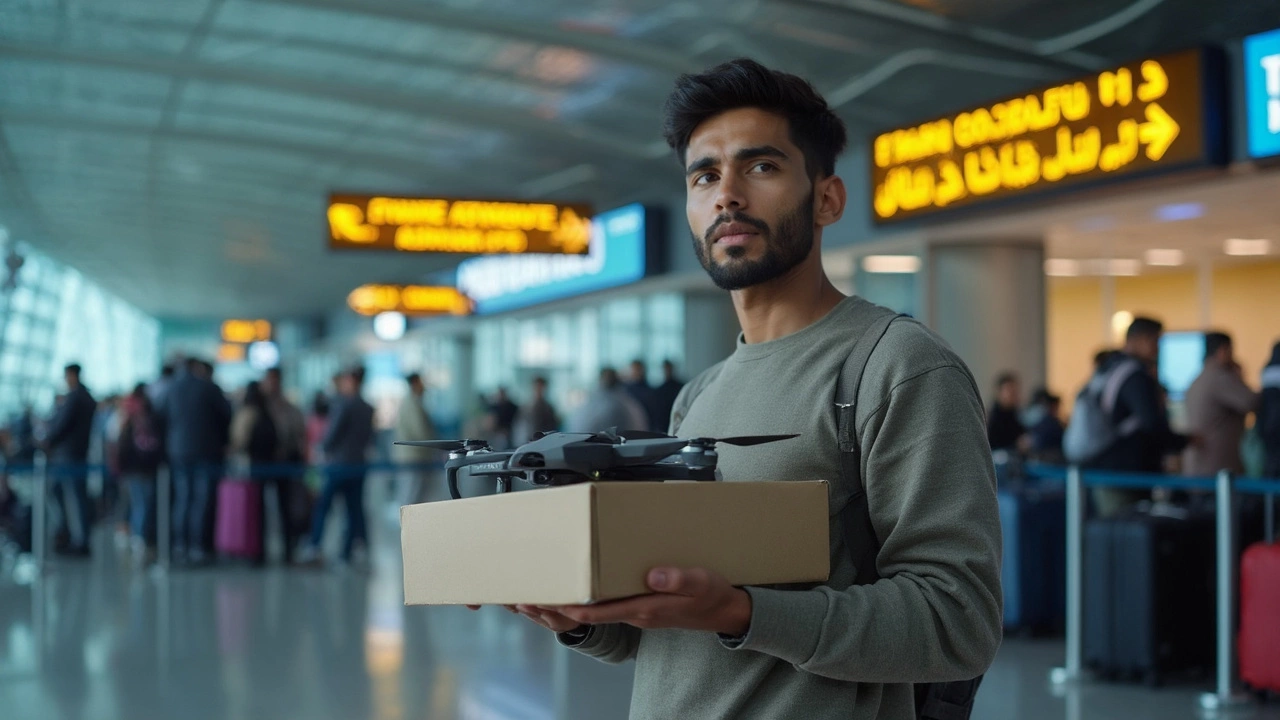Drone Rules in India: What Every Flyer Must Know
If you’re planning to take your drone out for a spin in India, you need more than just a battery and a clear sky. The country's rules are designed to keep airspace safe, protect privacy, and avoid legal headaches. Below we break down the most important regulations so you can focus on getting that perfect aerial shot.
Getting a Drone Licence – Who Needs It and How
Not every hobbyist needs a licence, but if your drone weighs more than 250 grams or you intend to use it for commercial work, the DGCA (Directorate General of Civil Aviation) says you must apply for a Remote Pilot Licence (RPL). The process is straightforward: register online, complete a 4‑hour ground school, pass a written test, and finish a short flight assessment. Once you have the RPL, you’ll receive a Unique Identification Number (UIN) that you must display on your drone.
For drones under 250 grams, you can fly without a licence, but you still have to follow the basic safety guidelines – stay below 400 feet, keep the aircraft within visual line of sight, and avoid restricted zones like airports, military bases, and government buildings.
Drone Shows and Special Permissions
Planning a light‑show or a public performance? You’ll need a special permit from the DGCA. The application must include a detailed flight plan, risk assessment, and proof of insurance. Shows are only allowed in designated zones, and you must coordinate with local authorities to manage crowds and traffic. Getting approval can take a few weeks, so start early.
Remember, each drone in a show must be registered, and you’ll need an operator certificate for every pilot. The DGCA checks that pilots have recent experience and that all equipment meets safety standards.
For smaller, private displays – say, a birthday party in your backyard – you generally don’t need a show licence, but you still must respect the 5‑km radius rule around airports and keep the display below 200 feet.
Traveling with Your Drone – What to Pack and Declare
Flying into India with a DJI or any other brand? First, check the customs list for prohibited items – batteries over 100 Wh need special handling. Pack the drone in a hard‑case, keep the battery at a safe charge (around 30‑40 %), and declare it on arrival if you’re carrying a commercial‑grade model. The DGCA permits temporary import for up to 30 days without a full customs duty, but you’ll need an import‑export licence if you plan to stay longer.
While you’re there, use the “AirMap” or “DroneZone” apps to see real‑time no‑fly zones. These tools sync with the DGCA database and alert you if you drift into restricted airspace, saving you from fines or confiscation.
Lastly, respect privacy. Never point a camera at private homes, schools, or festivals without permission. The Indian IT Act treats unauthorized recordings as a violation, and you could face penalties.
Following these rules isn’t just about avoiding trouble – it also makes the whole flying experience smoother for everyone. With the right licence, a clear flight plan, and a bit of prep before you travel, you’ll be ready to capture stunning shots over Mumbai’s skyline, the Taj, or any spot you choose.
Got a specific question about a post on our site? Whether it’s about drone licence steps, show permits, or travelling with a DJI drone, our experts are just a call away. Happy flying!
